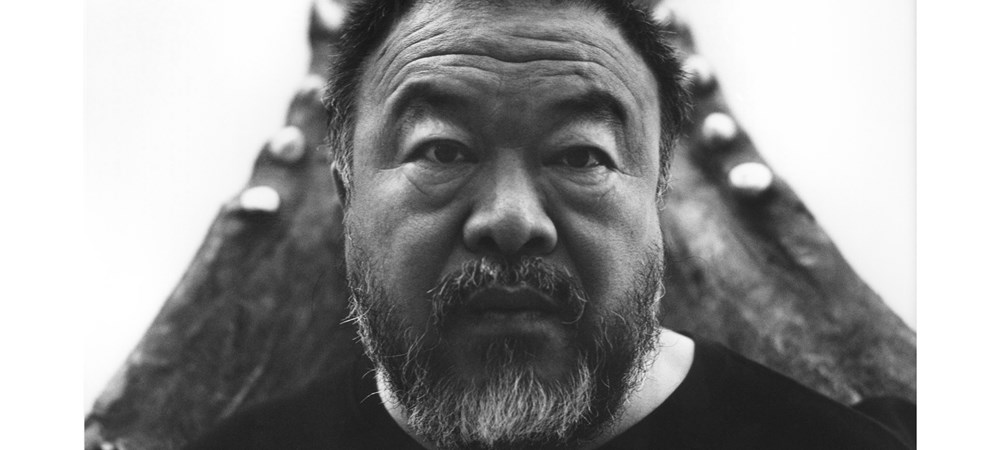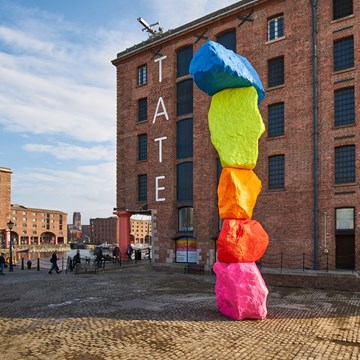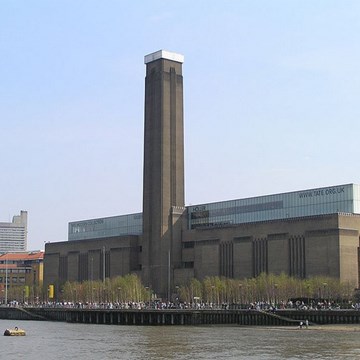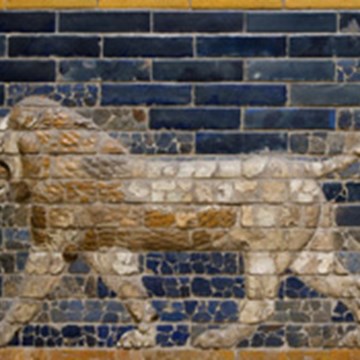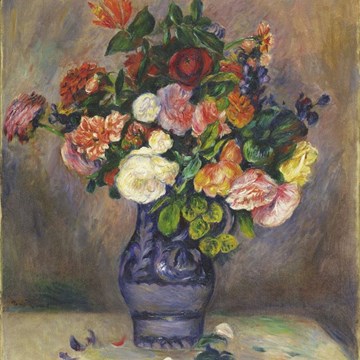AI WEIWEI. translocation – transformation
“Everything is art. Everything is politics”, says Ai Weiwei (born in 1957), one of the world’s most influential contemporary artists. As a conceptual artist, a documentary filmmaker, and an activist, his works exert criticism not only on the regime of his native China, but respond as well to the political reality of Europe’s current refugee crisis.
A common thread that runs through both his life and work concerns the themes of expulsion, migration, and deliberate change of location as a transformative catalyst for humans and objects alike. This critical subject matter is at the core of his first monumental solo show in Vienna. Central to the exhibition is a tea merchant family’s ancestral temple from the Ming Dynasty (1368–1644), whose main hall will be accurately reconstructed in the 21er Haus. The 14-meter tall wooden temple consists of over 1,300 individual pieces and will be presented for the first time outside of China. Removed from its original function, this process of translocation endows it with new meaning. Similarly, the 21er Haus was originally constructed on a different location, and for a different purpose. Intended as a temporary pavilion for the 1958 World Fair in Brussels, the temple’s placement here provides the grounds upon which the two spaces can engage in a stimulating, multi-layered dialogue. The exhibition, curated by Alfred Weidinger, stretches out into the baroque Belvedere gardens, where one can also find Weiwei’s work, Circle of Animals/Zodiac Heads – an ensemble of bronze heads from the Chinese zodiac.
#aiww21
Blog accompanying the exhibition
21er Haus
www.21erhaus.at/en/aiww21
Exhibitions and events

Peter Baum. Photographs
Permanent exhibitionWhen Peter Baum was appointed director of the Neue Galerie der Stadt Linz in 1974, he was just thirty-four, making him the youngest museum director in Austria. In 2004, exactly thirty years later,...
Activities from this museum
We don't have anything to show you here.

